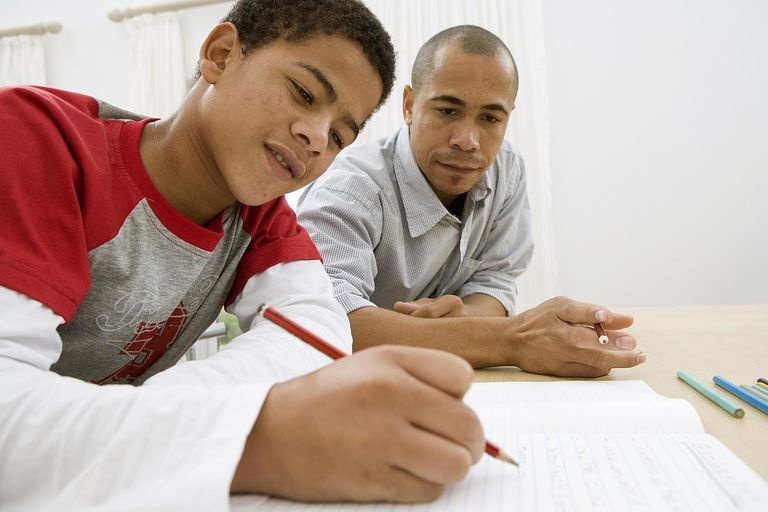
At this extraordinary time, we are potentially facing teaching children remotely for weeks and there are many questions to address. How will we make this a true learning experience for them provide the mechanisms to deliver in accessible formats? Is this an opportunity for more inclusive approaches or will it lead to further exclusion for some learners?
What are the potential challenges?
- This change has certainly not been planned so in most cases accessing computers for all and designing the delivery of lessons has not been put in place
- While technology is clearly a main delivery route IT skills and digital confidence will vary from teacher to teacher
- Internet connectivity may be difficult for teachers as well as learners
- Not all learners will have access to computers
- Not all learners will have an appropriate setting to learn from
We cannot assume that all teachers have the confidence or skills to teach remotely or the experience of having done so. Perhaps we need to start by considering how we can teach to all and not only to those who have the advantages of having parents who are digitally literate and confident are and have the means and time to support their children. This is a new learning paradigm. How do you connect with your learners? When do you connect and what is the expectation of the learner? Is attendance no longer a clear metric?
What is the flipped classroom?
Remote learning can mean a real opportunity for personalised learning. For learners with additional learning challenges this can be a golden opportunity to deliver true differentiation and help learners capitalise on their strengths.
Using flipped classroom approaches offers the potential for learners to seek out answers from their surroundings as well as from online sources and they can present their findings to the teacher in different formats. This can allow learners who have lower literacy levels or weaker writing skills to present information visually or orally.
It matters less that teaching methods are ensured than that the learning outcomes are achieved for each learner.